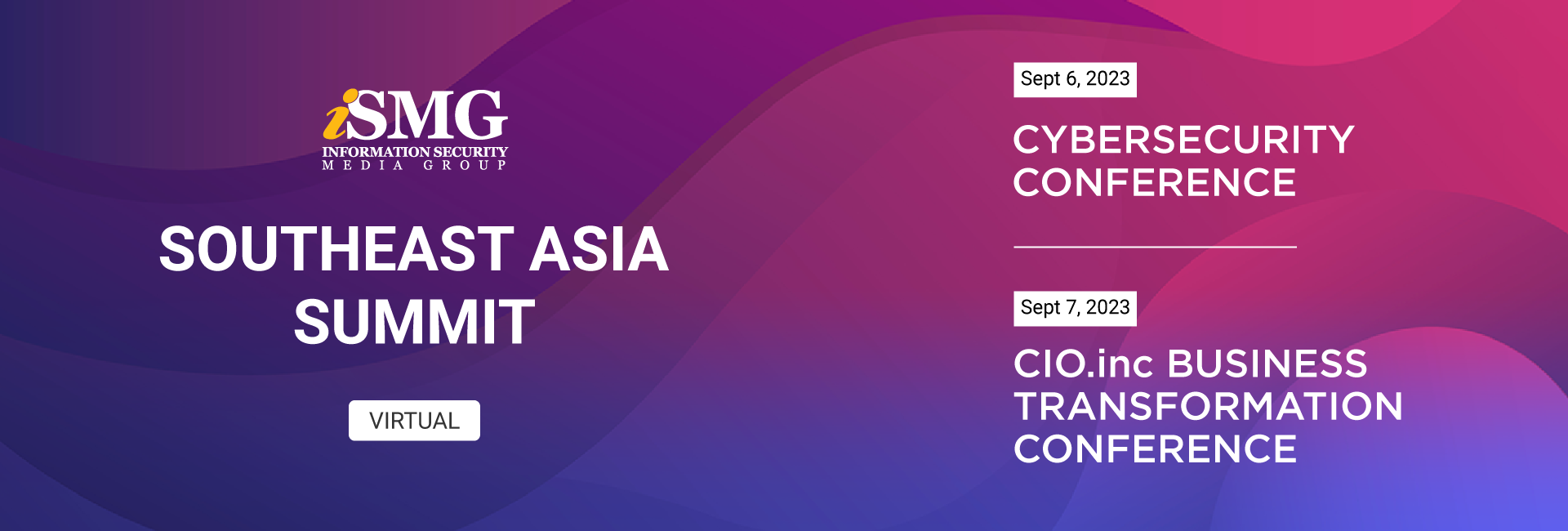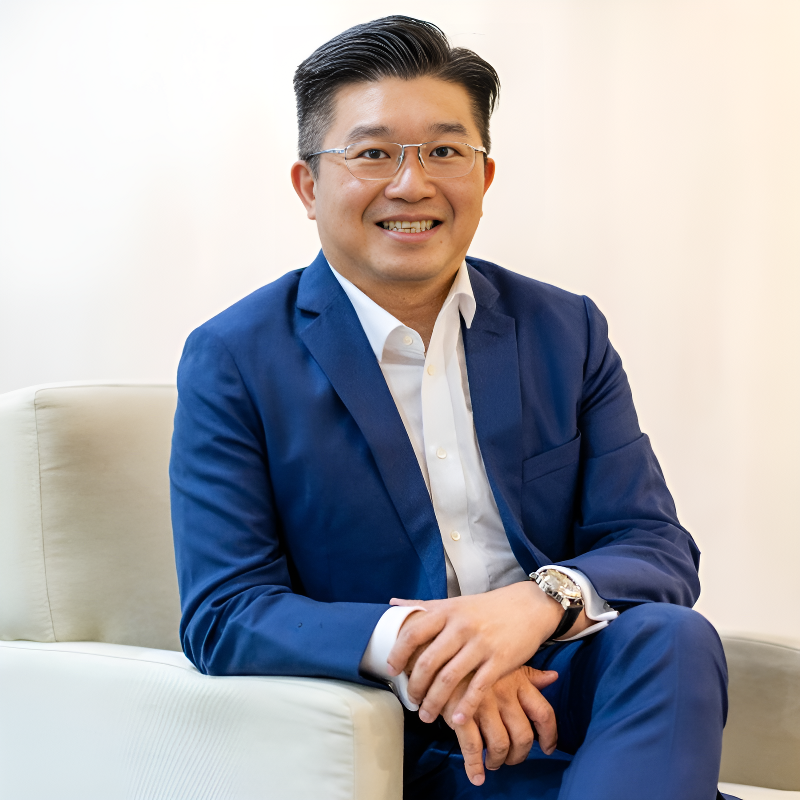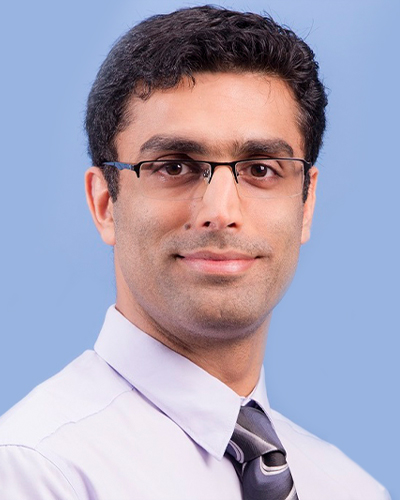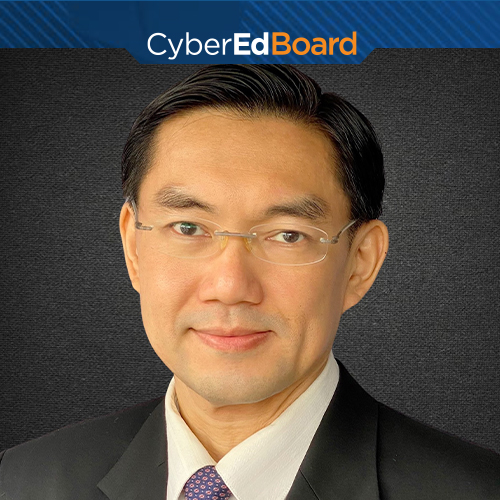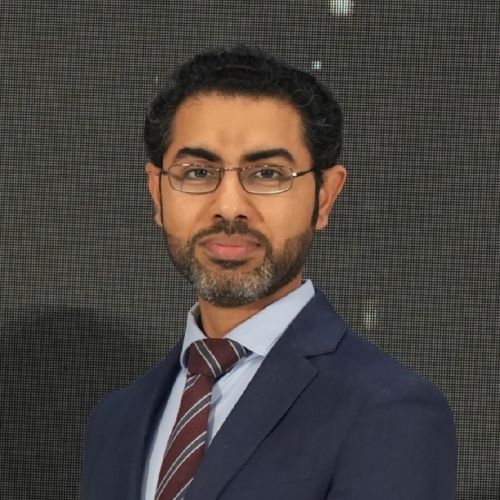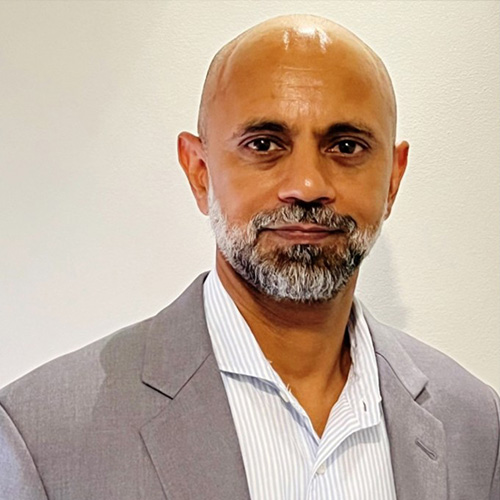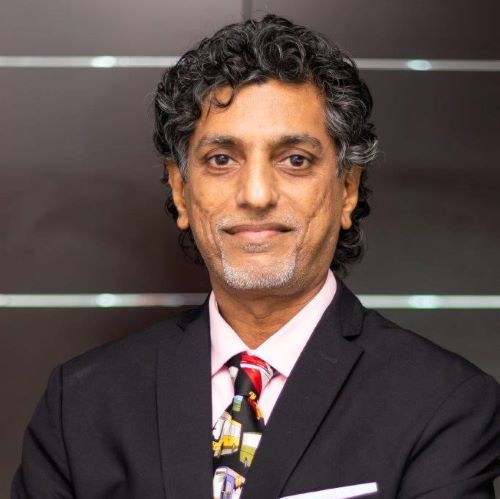Supporting Associations




About the event
Day 1: Cybersecurity Conference
Day 2: CIO.inc Business Transformation Conference
.jpeg)
Event Location
Where
VIRTUAL
When
Wednesday - Thursday, September 6 - 7, 2023
AGENDA
2 Conferences | 20+ Sessions | 40+ International Thought Leaders | 4 Executive Roundtables
Today, increased digitization of information and data has made traditional security and privacy concepts and measures irrelevant. The terms “data protection” and “privacy” have a multitude of interpretations, making it difficult to build an appropriate framework.
How is country’s data protection and privacy policy defining the compromise of critical systems and information, targeted scanning or probing of critical networks, data breach reporting and establishing privacy while enabling a secure ecosystem?
The session will cover:
Changes in the data protection and privacy frameworks in this digitization era;
Digitization, data protection and privacy - balancing security and convenience;
Establishing ‘privacy by design’ and breach reporting.

Dr. Amirudin Abdul Wahab
CEO,
Cybersecurity Malaysia
Organizations are going all out to mitigate threats beyond the endpoint to minimize the impact of the ongoing SOC staffing challenges. Various governments have been striving hard to build a future of cyberspace that is open, interoperable, secure and reliable. With significant improvements in cyber offense capabilities, global cyberspace has become more vulnerable to attacks.
It’s time to bolster the cyber defense capabilities among governments and enterprises. Experts say the cybersecurity industry must think like wartime CISOs, building countermeasures factoring in cyber defense, offense and balance, especially when the nature of the attack gets more sophisticated.
The keynote will cover:
The changing nature of cyberspace;
Establishing a secure and resilient enterprise that endures attacks;
Balancing cyber defense and response capabilities.
.jpg)
Joey Fontiveros
Acting Regiment Commander,
Philippines Army
The increase in the volume of threats caused the elevation of the CISO with new roles and responsibilities being assigned to them.
As organizations undergo more digital transformation, there is a greater focus on digitalizing processes and improving customer experiences. Consequently, the roles of CIOs and CISOs are evolving to new archetypes such as business enabler, digital enabler and value enabler.
Partnerships with the CIO and other business heads are imperative to drive business goals. The CIO and CISO are now partners in a mission to drive business enablement and to defend the organization from threats.
In this fireside chat, the participants will discuss:
Evolving roles and business-facing responsibilities.
Supporting other business heads.
Cybersecurity - from a cost center to business enabler.

Thuraya Al-Harthi
Acting Director - Government Digital Services Unified Portal,
Ministry of Transport, Communications and Information Technology - Oman
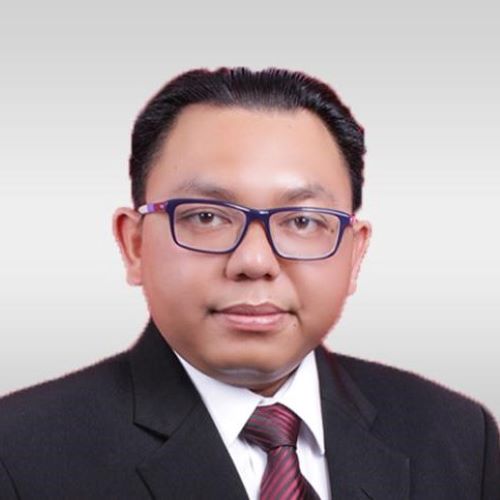
Wahyu Agung Prasteyo
IT & Cyber risk management Head,
Bank Mega Bank, Indonesia
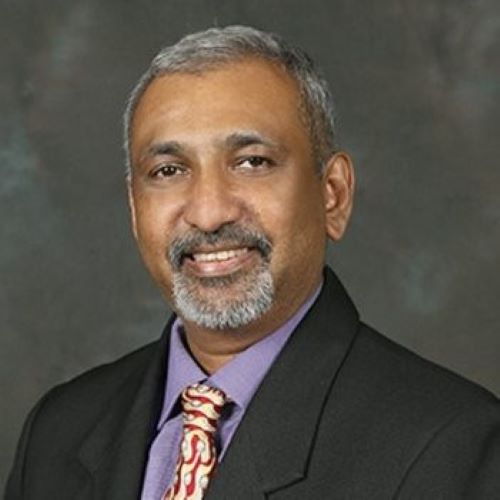
Sujit Christy
Group CISO,
John Keells Holdings PLC, SriLanka
With decentralized finance challenging the centralized financial system by empowering individuals with peer-to-peer digital exchanges, it becomes a catalyst for financial institutions to transition from legacy systems to blockchain-based systems. For instance, with regard to cross-border payments, there is a trend of blockchain technology disrupting traditional financial systems.
However, the key challenge for regulators and the crypto space is: how do we stop threat actors from taking advantage of decentralized protocols while securing legitimate transactions?
We have witnessed large organizations in Asia-Pacific establishing tokenized CBDC (Central Bank Digital Currency) and linking up their domestic payments network to the respective banks to enable a cross-border payment transaction using CBDC currency to reduce friction and offer better security and stability.
The panel will discuss:
• Impact of DeFi on APAC’s banking system;
• Use of blockchain in establishing secure transactions;
• Tokenization of CBDC in establishing frictionless secure payments transaction.
.jpg)
Phoram Mehta
Senior Director, APAC CISO,
PayPal
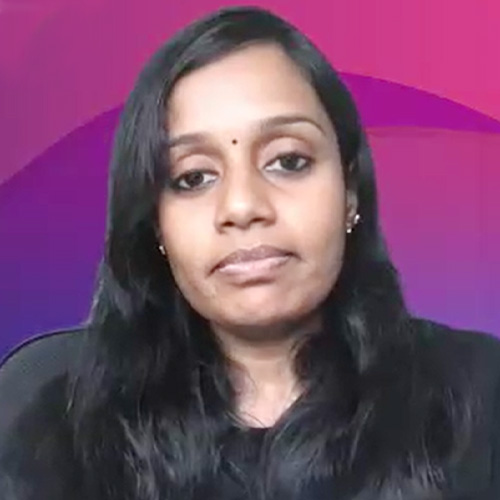
Aarthi Sureshkumar
Global Head- IT Governance Risk and Compliance,
Gojek

Shishir Kumar Singh
Group Head of Information Security,
Advance Intelligence Group
Establishing trust, data security, risk with API, and interoperability between different cloud instances are big challenges for security leaders today in a multi-cloud environment. The new challenge that is evident now is the ambiguity around bolt-in and bolt-on security in the cloud as enterprises grapple between using cloud-native and third-party tools to establish required security. CISOs have the daunting task to establish a robust security posture in a multi-cloud environment, especially given the siloed work scenario. Besides, managing multiple cloud service providers is a big task.
The session will discuss:
How to quantify risks in a multi-cloud environment?
Data integration, cloud APIs, and lack of standards in dealing with complexities
Building an offensive strategy to mitigate risks in the cloud
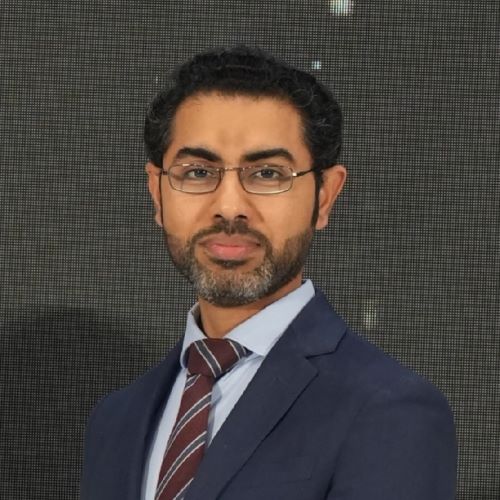
Ali Abdulla Alsadadi
Chief of Information Technology,
Ministry of Oil and Environment
Nearly 77% organizations plan to boost their spending related to zero trust over the next year, states a recent survey from the Cloud Security Alliance. Different industries are struggling to implement the various technologies under zero trust. Microsegmentation and access management are not easy to deploy. What works for one industry might not work for another as zero trust is not a monolithic approach. For many, zero trust architecture has become complex. Given this, are CISOs just tipping their toes? How must they get more granular in their approach?
This session will cover:
Business imperatives driving the implementation of zero trust
How to decide on the low-hanging fruits
How to handle micro segmentation and zero trust in the cloud.

Soumo Mukherjee
Head of Cyber Security I CISO,
PRefChem

Charmaine Valmonte
Chief Information Security Officer,
Aboitiz Group
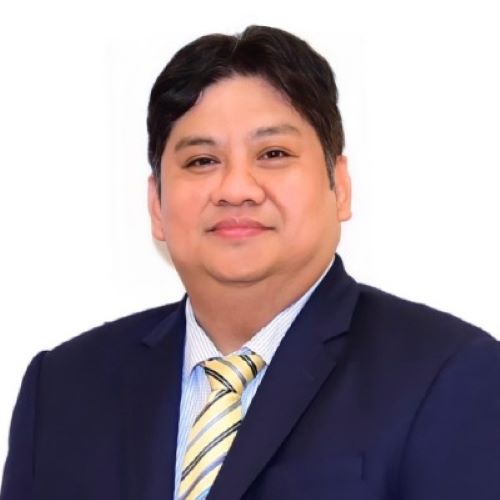
Mario Demerillas
Board of Director, CISO and Head of IT Consulting & Software EngineeringBoard of Director, CISO and Head of IT Consulting & Software Engineering,
Exceture Inc
The business environment has evolved from tightly controlled, centralized and internalized models to open models with multiple external dependencies. The modern digital business increasingly relies on technology partnerships, leveraging third-party applications, APIs, and data to deliver new functionality and optimized user experiences to market.
That presents more risks from entities in the supply chain - suppliers, vendors, partners, contractors, open-source developers, etc. The SolarWinds incident, and more recently, 3CX, have demonstrated that we are susceptible to attacks even from trusted third parties. With 90% of software components in enterprise apps being open source, the risks of malicious packages from the open-source ecosystem are higher than ever.
In this panel, the participants will discuss:
How to establish a secure coding process without malicious intent and compromised source control system;
How to adopt a “shift left” strategy in taking a security-by-design approach through automation;
Establishing a framework for faster detection and remediation of supply chain attacks;
Third-party governance: Streamlining the software bill of materials process with continuous monitoring and visibility into the overall system.

Christophe Barel
Managing Director for Asia Pacific,
FS-ISAC, Singapore
It is evident that the cybersecurity industry faces severe resource and skill crunch across the spectrum, including cloud security, OT security, information security and attack simulation - and the hunt for talent continues. Besides, CISOs are compelled to force relationships with business functions and become evangelists for cybersecurity within the organization to gain the board’s attention. CISOs must adorn multiple hats of a leader, defender and offender during a cyber war to be resilient enough to stay on top of emerging threats and rebalance their skills to meet the changing demand.
The panel will discuss:
Maintaining the pace by harnessing new concepts and automation;
Building an offensive strategy to make the enterprise resilient;
Establishing accountability across all functions by weaving a cybersecurity story in all functions.
.jpg)
Mel Migrino
SEA Regional Director - Information Security and Regulatory Alliance,
Gogolook
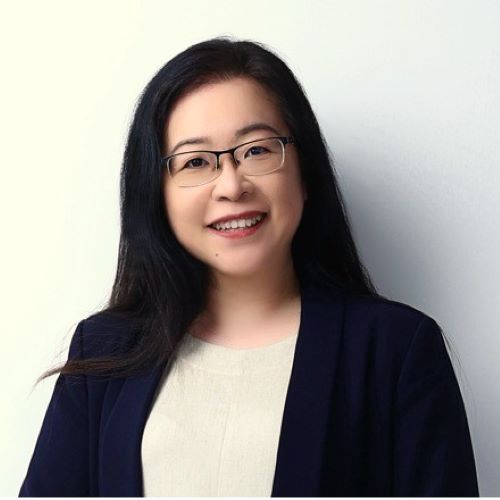
Jenny Tan
President,
ISACA Singapore Chapter

Matthias Yeo
Member of theGlobal Chapter Advisory Committee,
(ISC)²
Rapidly accelerating technology innovations, recognized value of data and increasing data usage are changing what it means to be “data-driven.” Smart workflows and seamless interactions among humans and machines are fast becoming standard and most employees will use data to optimize nearly every aspect of their work.
While agility is needed to harness the value of data, it also requires robust cybersecurity and data privacy to safeguard the data. This calls for a significant shift in the mindset and approach, as well as a commitment to continuous improvement.
The session will cover:
Fostering collaboration between business and IT;
Need for an enterprise-wide data strategy; its key traits;
Importance of data governance including security and privacy
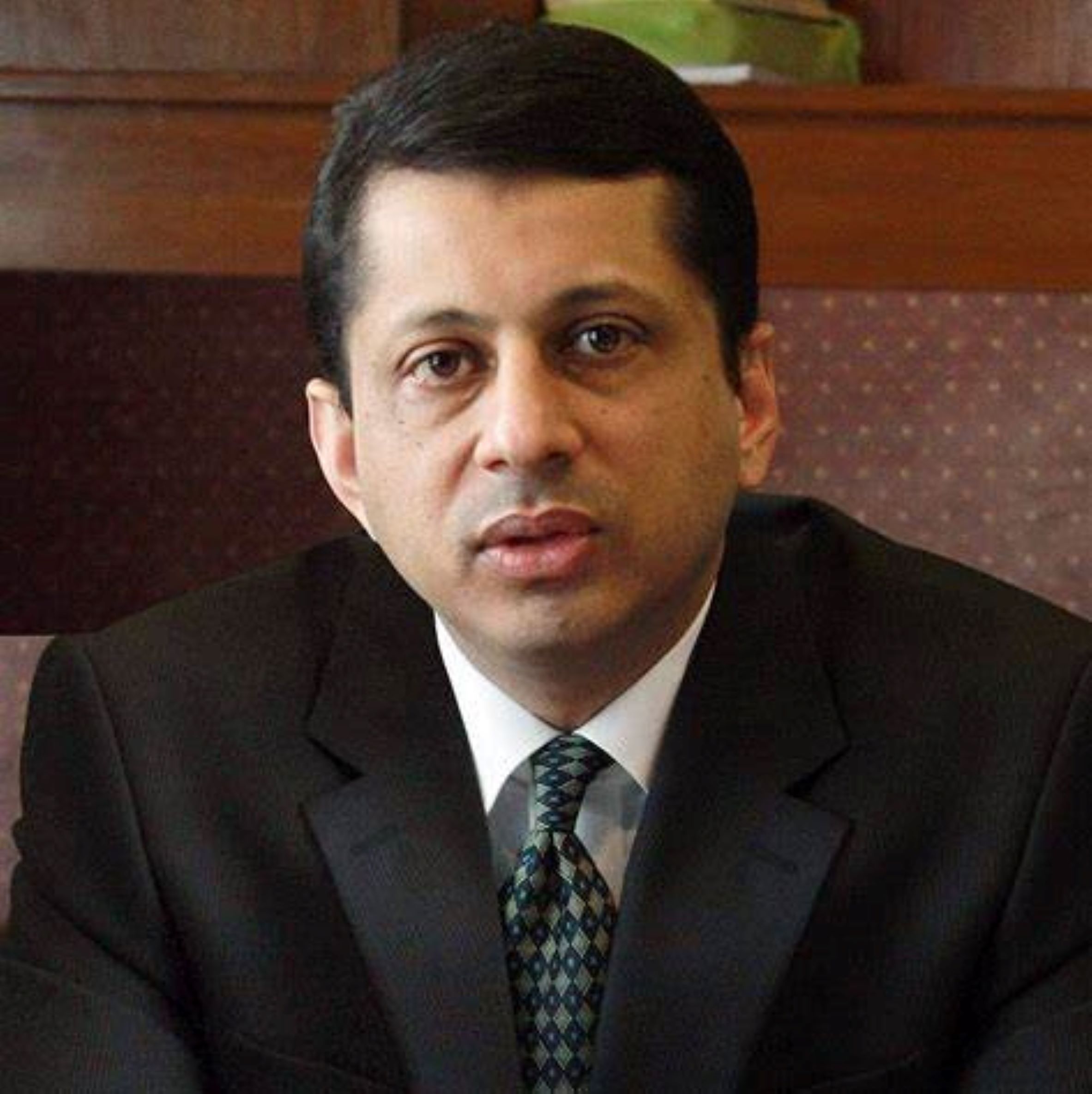
Prof. Syed Munir Khasru
Chairman,
The Institute for Policy, Advocacy and Governance (IPAG)
In recent years, the roles of technology leaders have evolved from implementing business requirements to shaping their organizations and leading business innovation with a tech-forward approach. As a result, business transformation is a CIO’s topmost agenda today. To achieve that, they need to leverage the game-changing technologies of AI, such as foundation models, generative AI (ChatGPT), and data and analytics to drive innovation, growth and efficiencies at scale. The debate is on how these technologies will impact all of enterprise software, talent and skills, risks, trust and governance issues.
The session will cover:
Aligning digital technologies with business goals/objectives;
Adoption of technology based on use cases after assessment of risks;
Addressing the issues of talent, skills and governance.

Khalid Nizami
IT Leader – Asia Pacific and Greater China,
Ecolab
In the digital era, CISOs grapple with vital privacy challenges. They need to balance robust data protection with user-friendly experiences, while adapting strategies to comply with diverse regulations. By navigating cloud services, cross-border data transfers, AI and IoT, CISOs collaborate across teams to establish comprehensive privacy strategies. Looking ahead, they anticipate even stricter regulations, privacy-enhancing tech, and a need for agile adaptation. A CISO's role evolves into strategic leadership, ensuring privacy amid rapid technological advancement.
The session will cover:
Most significant challenges CISOs face in ensuring robust privacy and data protection;
How CISOs adapt to strategies to ensure compliance with data protection requirements from regulators;
How CISOs collaborate with legal, compliance and other non-technical teams to establish comprehensive privacy and data protection strategies.

LCol Francel Margareth Padilla-Taborlupa
Battalion Commander,
Philippines Army
In today's interconnected digital world, organizations face increasing cyber risks that can have significant impact on security. Integrating cyber risk management into the enterprise risk framework is crucial for proactive resilience. By aligning cyber risk management practices with overall risk management strategies, organizations can identify, assess and mitigate cyberthreats more effectively. This approach enables a comprehensive understanding of the interconnectedness between cyber risks and other operational, financial and reputational risks, enabling informed decision-making and resource allocation.
The session will cover:
Need for aligning cyber risk management with enterprise risk framework.
Integration of cyber risk into overall risk reporting and decision-making process.
Strategies for identifying, assessing and mitigating cyber risks within the framework.
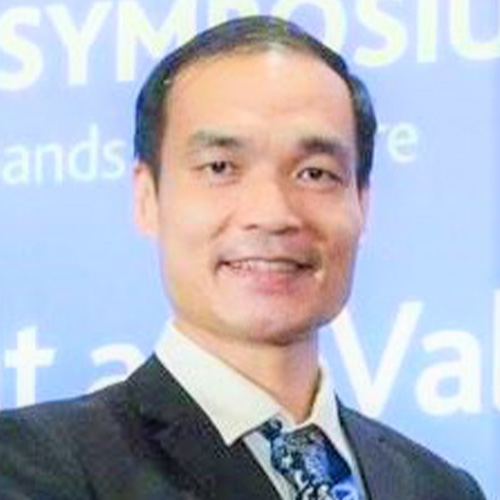
Frankie Shuai
APAC Regional Information Security Officer,
DWS Group
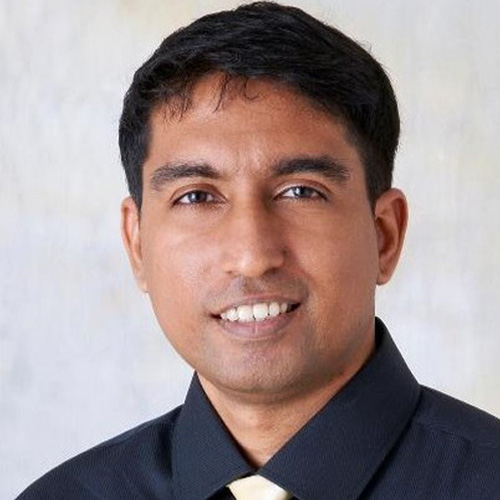
Rishi Ganiswaran
Head of Legal (Technology) and Chief Privacy Officer,
Yinson Group of Companies

Ken Soh
Group CIO,
BH Global Corporation Ltd.
While zero trust is fast becoming an industry standard, or a de-facto strategy among cybersecurity practitioners, it has far-reaching implications on CIOs and their IT organizations. The CIO has to juggle two priorities that are often at odds: security posture and user experience. While the business should ultimately own zero trust, the CIO must work in tandem with the CISO to justify the initiative in terms of the benefits to the business and risk tolerance.
The session will cover:
Business implications of zero trust and the CIO’s position;
Challenges of implementing zero trust in a business environment;
Collaboration between IT and security teams to successfully implement zero trust.

James Thang
Group CIO,
UCSI Group Holdings Sdn. Bhd
Now that hybrid working has become the norm for majority of organizations, CIOs are reimagining and aligning technology used to empower the hybrid workforce. While there is no one-size-fits-all approach, it’s beneficial to get a data-driven perspective to understand the bigger picture and guide the way to proactive decisions best suited for each organization. From enabling workforce with modern technology tools to tools for measuring productivity, seamless communication and collaboration and ensuring robust cybersecurity, CIO’s role is cut out.
The session will cover:
Role of technology (especially collaboration and communication) in shaping hybrid working models;
Changing needs of the hybrid workforce and need for strong cybersecurity posture;
Measuring employee productivity.

Anil Kumar Saha
Senior Vice President,
DBS Bank
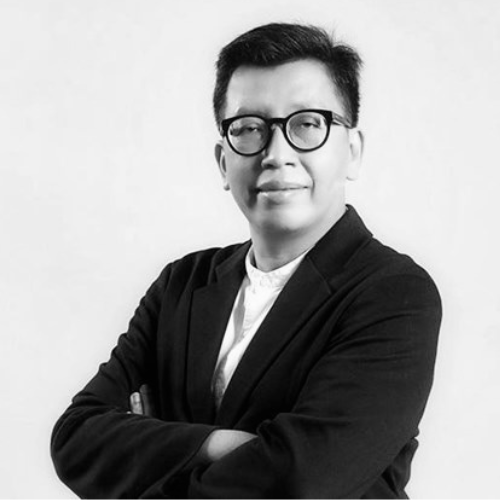
Ivan Irawan
Director Of Information Technology,
Credit Bureau Indonesia

Gemma Rose
Chief Information Officer (CIO),
Cyber Security Philippines CERT
Generative AI and large language models have been around for years. But what happens when you put a simple bot interface on top of it and throw it open to the public, as OpenAI did last November?
The potential of generative AI cannot be underestimated. ChatGPT can churn out very convincing text, and fool anyone that it was written by a human. But it can also work with images (multimodal technology) and generate code. Ever since its capabilities were realized, it has sparked doomsday predictions about job losses, controlling the human race and threat actors leveraging its potential for cyberattacks. In fact, Apple co-founder Steve Wozniak told the BBC that AI will make scams even more convincing and deepfakes will be harder to detect.
Countries such as Italy have prohibited the use of ChatGPT. How is the developer community in Singapore leveraging generative AI to build security applications? And what measures should Singapore implement to regulate its usage and prevent any potential abuse?
In this session, the panelists will also discuss:
Governance and regulation for generative AI development and application.
Promoting responsible use of generative AI in line with a nation's security policies.
How security solutions need to up their game to use AI to fight AI-enabled vectors.
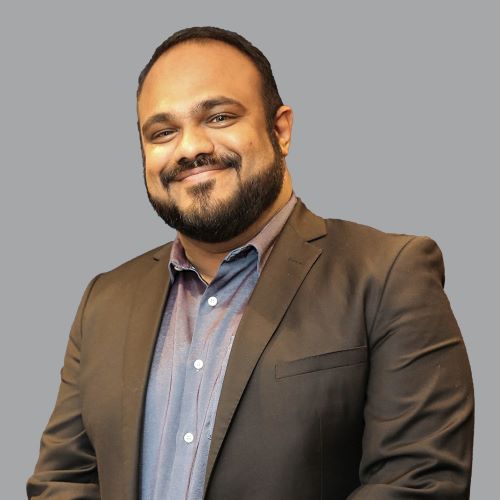
Gigi Mathew Thomas
Group Director - IT & Digital Transformation,
Ittihad International Investment LLC
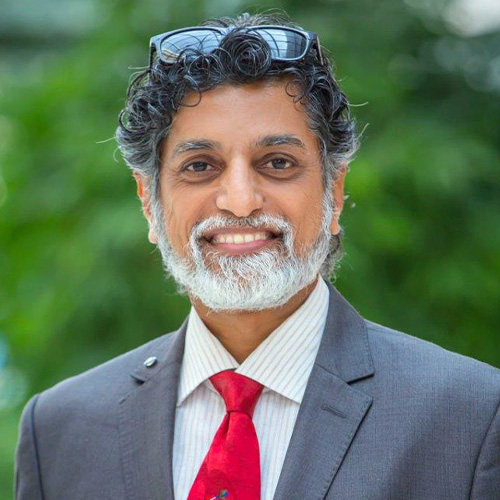
Venkatesh Mahadevan
Strategic Advisor,
Angel Investor - Tech Startups
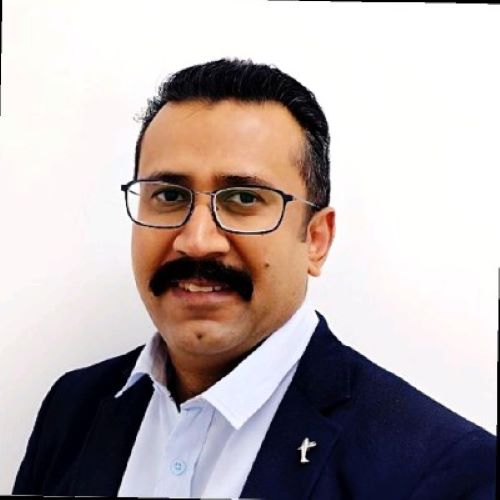
Awais Ahmed
Director Of Information Technology,
Solex Plus
CIOs are more than just technology leaders and IT is much more than merely a business enabler. While CIOs are becoming the catalysts for change, responsible to grow the business, technology is taking the center stage as the foundation to run it. Therefore, the IT conversation has to shift from cost to value. How can CIOs strategically position technology as more than just a cost center to a key differentiator and revenue generator?
The session will cover:
Role of technology beyond just business enablement;
Technology innovations to create new revenue models;
Challenges in positioning technology as value creator.
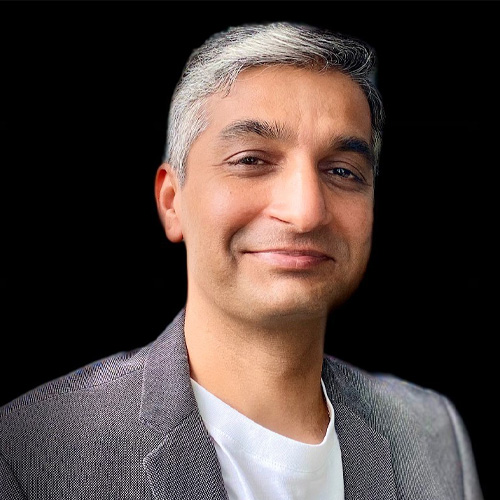
Santosh Nair
Regional Head of Innovation and Process Consulting, APAC IT,
Siemens Healthineers
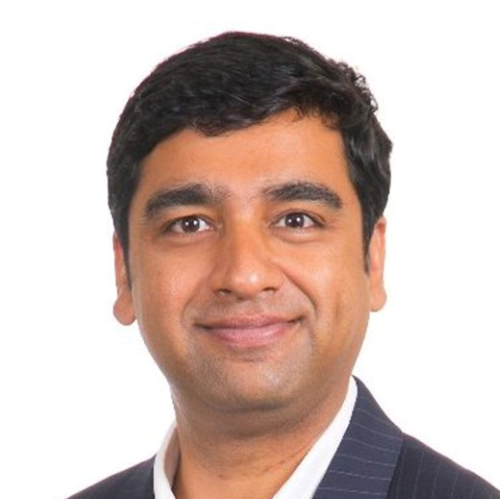
Sourabh Chitrachar
Regional Vice President/Head- Asia Technology Strategy & Operations,
Liberty Mutual Insurance
